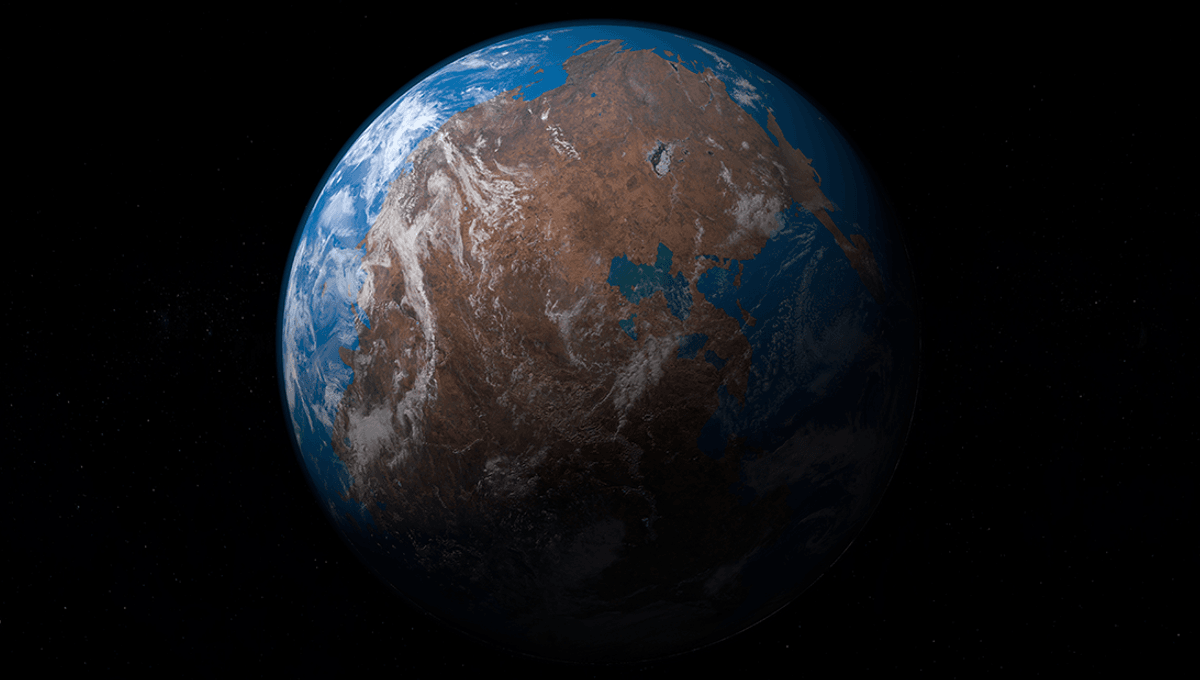
Around 200 million years ago, Earth’s last supercontinent Pangea began to break apart, with plate tectonics slowly moving the continents into the world we recognize today. Plate tectonics is by no means done, and there are several suggested models as to how our future world will look like.
Plate tectonics were only discovered relatively recently. Though German meteorologist Alfred Wegner first proposed continental drift in 1912 – and hypothesized that the continents were once joined in a supercontinent he named Pangea – it took until the 1960s and new tech such as echo sounders and magnetometers before scientists studying ocean ridges could explain the processes behind the movement of the crust.
Since then, scientists have put together models of plate tectonics, incorporating new data (and the occasional new continent), and even attempted to model what the Earth may look like in our geological future.
One such team – looking at how tides are affected by the movement of tectonic plates – produced such a model showing a possible supercontinent in Earth’s future.
The simulation is by no means the last word on the matter, with other teams creating their own models of how the continents will move based on new data, and/or better understanding of processes as we learn more.
These models are generally not about finding the shape of Earth’s future continents, as interesting as it is to see, but telling us about Earth now.
“It probably doesn’t mean anything to humans now in our lifetime,” oceanographer Mattias Green from Bangor University’s School of Ocean Sciences in Menai Bridge, UK, and lead author of the study explained in a statement in 2016. “But it does enhance our understanding of interactions between plate tectonics, Earth’s climate system, its oceans, and even how the evolution of life is, at least to some extent, driven by this tidal process.”
For their part, the model provided evidence that Earth is currently going through a period of particularly strong tidal energy, which will last for about 20 million years. As the next supercontinent forms, the ocean basins will form one massive body of water. This body of water will have low tidal energy, leading to smaller waves and less nutrient mixing. As a result, the ocean floor will likely become oxygen-deprived, and devoid of life, which sucks the fun out of the cool animation somewhat.
Source Link: Animation Shows The Possible Formation Of Our Next Supercontinent